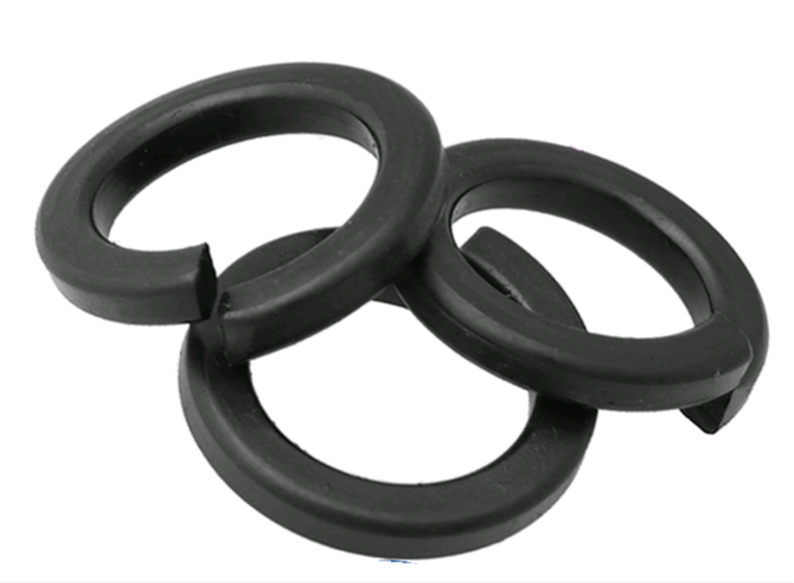Black Coated Machine Screws for Durable and Secure Applications in Various Projects
സെപ് . 29, 2024 00:31 Back to list
Black Coated Machine Screws for Durable and Secure Applications in Various Projects
Understanding Black Machine Screws A Comprehensive Overview
Machine screws are an essential component in countless applications, from simple DIY projects to complex industrial machinery. Among the various types of machine screws, black machine screws stand out for both their aesthetic appeal and functional benefits. In this article, we will explore what black machine screws are, their materials, uses, and advantages.
What are Black Machine Screws?
Black machine screws are fasteners designed to be used in conjunction with a nut or a tapped hole. They are characterized by their black finish, which sets them apart from their standard steel or stainless steel counterparts. This finish is typically achieved through a process known as black oxide coating, which not only enhances their appearance but also provides some level of corrosion resistance.
Materials and Coatings
The primary material used for black machine screws is carbon steel, which offers excellent strength and durability. The black oxide coating that gives these screws their distinctive color is a conversion coating that reacts with the surface of the steel, leading to a thin layer of magnetite. This coating is not only an aesthetic enhancement but also provides protection against corrosion and wear in certain environments.
For applications requiring more durability or exposure to moisture, stainless steel black machine screws are available. These screws provide superior corrosion resistance, making them suitable for marine environments and other harsh conditions.
Applications of Black Machine Screws
The versatility of black machine screws makes them suitable for a wide range of applications
. They are commonly used in1. Automotive Industry Black machine screws are utilized in various parts of vehicles due to their strength and aesthetic appeal.
2. Furniture Assembly Many furniture manufacturers opt for black screws as they blend seamlessly with dark finishes and modern designs.
3. Electronics Black screws are preferred in electronic devices where visual appeal is paired with the need for reliable fastening.
black machine screws

4. Machinery and Equipment In manufacturing settings, black machine screws are used in machinery where they can withstand vigorous operational demands.
Advantages of Using Black Machine Screws
1. Aesthetic Appeal One of the most significant advantages of black machine screws is their visual appeal. The sleek black finish enhances the look of many projects, making them an excellent choice for both functional and decorative applications.
2. Corrosion Resistance The black oxide coating provides a certain level of corrosion resistance, protecting the underlying material from rust and wear under specific conditions.
3. Easy to Locate In a mixed hardware application, the distinct color of black screws makes them easier to identify, reducing the chances of mismatched fasteners.
4. High Strength Black machine screws made from carbon steel or stainless steel are known for their high tensile strength, ensuring they can withstand significant loads without failure.
Considerations When Choosing Black Machine Screws
When selecting black machine screws for a particular application, one must consider several factors
- Environmental Conditions If the screws will be exposed to moisture or corrosive elements, stainless steel may be the better choice. - Size and Thread Type Ensure that the screws are the correct size and thread type for your specific application, as these factors can significantly affect performance. - Load Requirements Understand the load requirements of your application to ensure that the screws you choose can handle the required weight and stress.
Conclusion
Black machine screws are more than just fasteners; they are an integral part of many industries and projects. With their appealing aesthetics, corrosion resistance, and high strength, they are suitable for a diverse array of applications. Whether you are assembling furniture, working on automotive projects, or constructing industrial machinery, black machine screws offer reliable performance and style. By understanding their characteristics and applications, you can make informed decisions that enhance both the functionality and appearance of your projects.
Latest news
-
Reliable Wire Bolts Suppliers | Quality Zinc Plated Fasteners
NewsAug.26,2025
-
Wire Bolts Suppliers: Durable & Reliable Fasteners for Every Project
NewsAug.25,2025
-
Premium Cabinet Bolts Supplier | Wholesale & Custom Solutions
NewsAug.24,2025
-
Reliable Axle Nuts Supplier | Quality & Precision Fasteners
NewsAug.23,2025
-
Durable Bolts for Lawn Mower Handle - Top Supplier & Manufacturer
NewsAug.22,2025
-
High-Quality Bolts for Lawn Mower Handle Supplier & Manufacturer
NewsAug.21,2025
